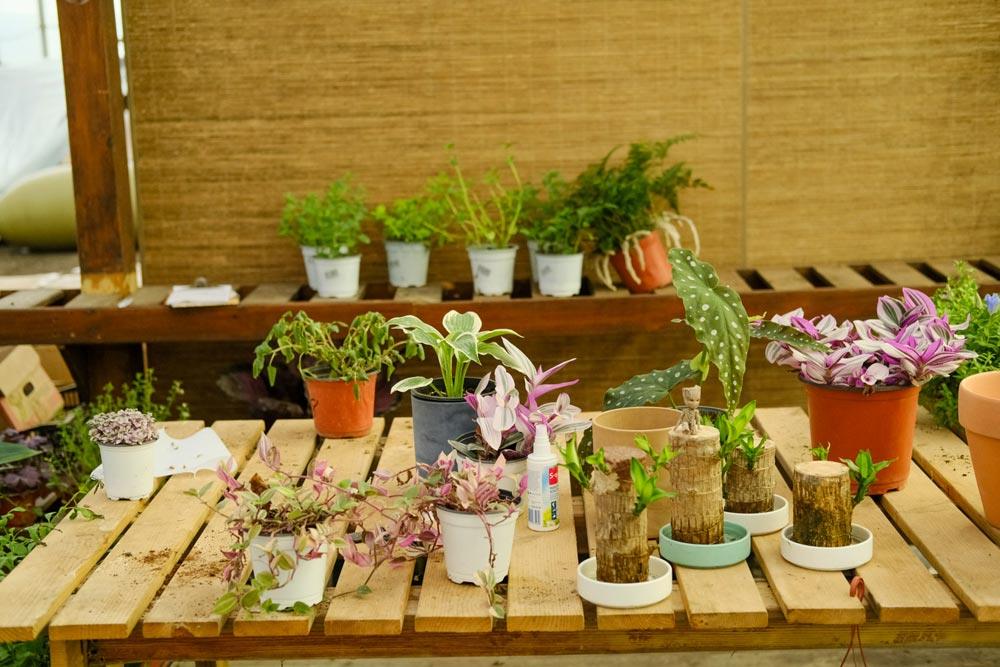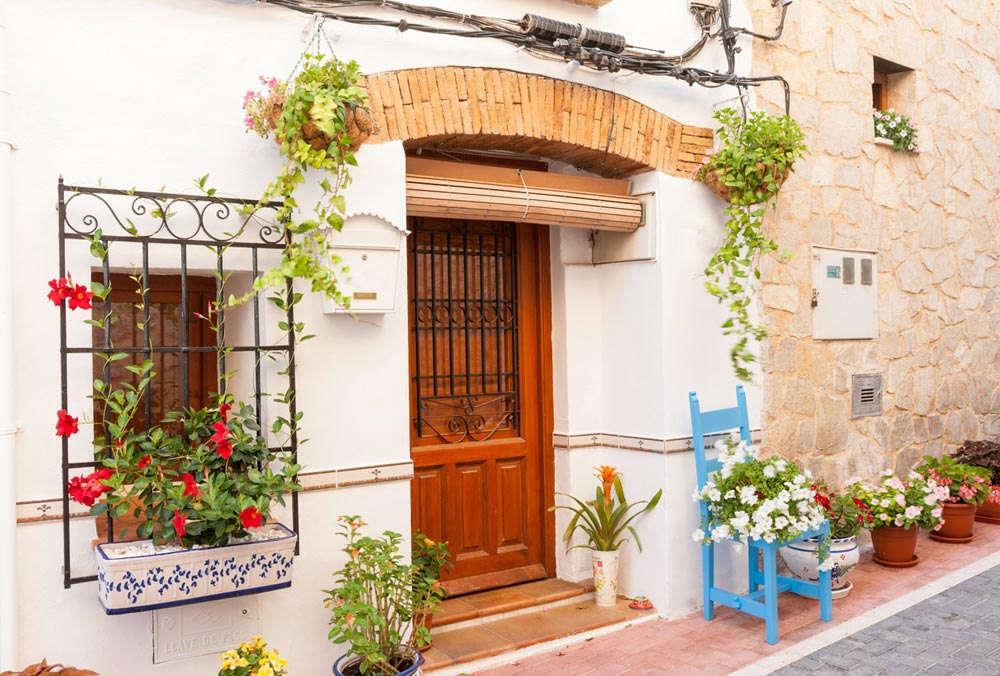Persimmon tree cutting propagation method
Last Update :2024.05.12
Article Catalog
Persimmon trees can be propagated by cuttings, but it is difficult to survive. The time is from the end of March to the beginning of April in spring. Choose trees of good quality and cut off healthy annual or biennial branches from them, keeping the cuts in an oblique triangle shape. The substrate can be clean perlite or plain sand, with nutrient soil added. Dip the branches into rooting powder and insert them diagonally into the soil to maintain a suitable environment.

1. Cutting time
1. Cutting time
Persimmon trees can be propagated by cuttings, but it is difficult to survive, so the choice of time is more important. Choose it in the spring from the end of March to the beginning of April. The climate is suitable during this period, which is just right. It is the period of germination of all things, which is conducive to rooting and germination after cutting, and the survival rate will be higher.

2. Branch selection
Selection For good-quality trees, cut annual or biennial healthy branches from the top and cut them from the bottom. Keep the cut in an oblique triangle shape. This way, the area in contact with the substrate is large and more nutrients are absorbed, which is conducive to rooting. Leave leaves at the upper end, preferably with buds, and remove the lower leaves to prevent them from being buried in the soil and causing rot.

3. Prepare the substrate
For The main requirements for the substrate are breathability, drainage, and permeability. You can use clean perlite or plain sand, and add nutrient soil in it, so that the preparation will not produce water accumulation.

4. Make cuttings
Dip the branches into rooting powder, then insert them diagonally into the soil, and water them thoroughly to keep them moist and promote rooting. After completion, place it in an astigmatism environment, avoid exposure to strong sunlight, and spray water regularly with a small watering can to maintain the surrounding temperature at around 15-20°C.
2. Branch selection
3. Prepare the matrix
4. Carry out cuttings
- END -
Huang Changshan’s breeding methods

Soil: Fertile, loose, well-drained, and humus-rich sandy loam is suitable. Light: ...
What is the hero flower?

The hero flower is kapok. In some areas of the south, people call it the hero flow...